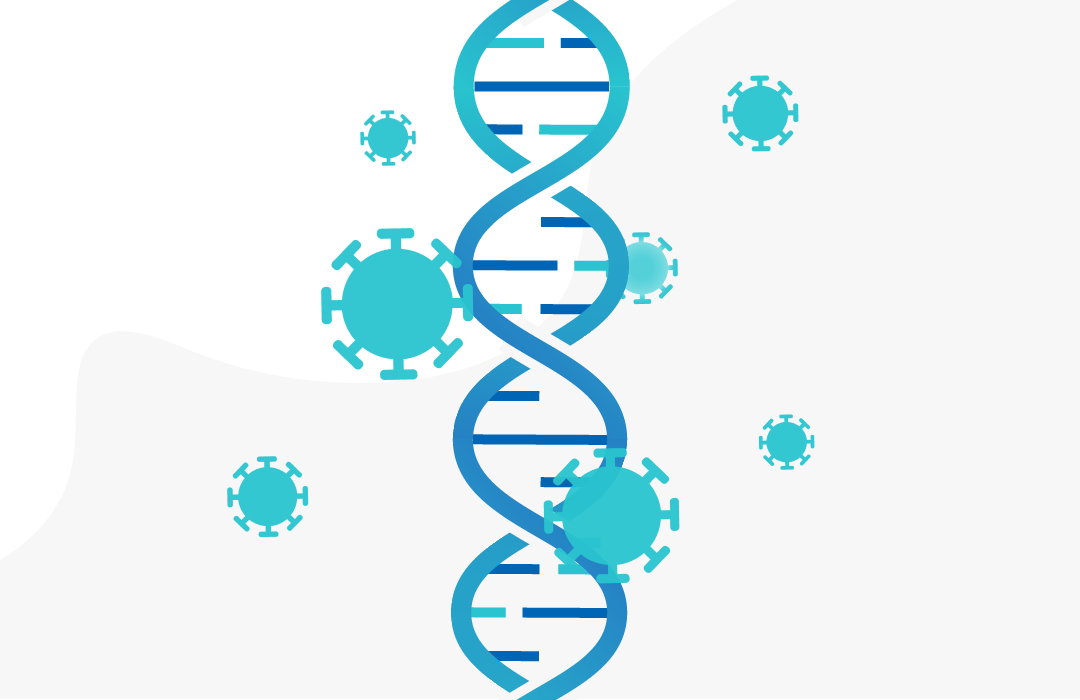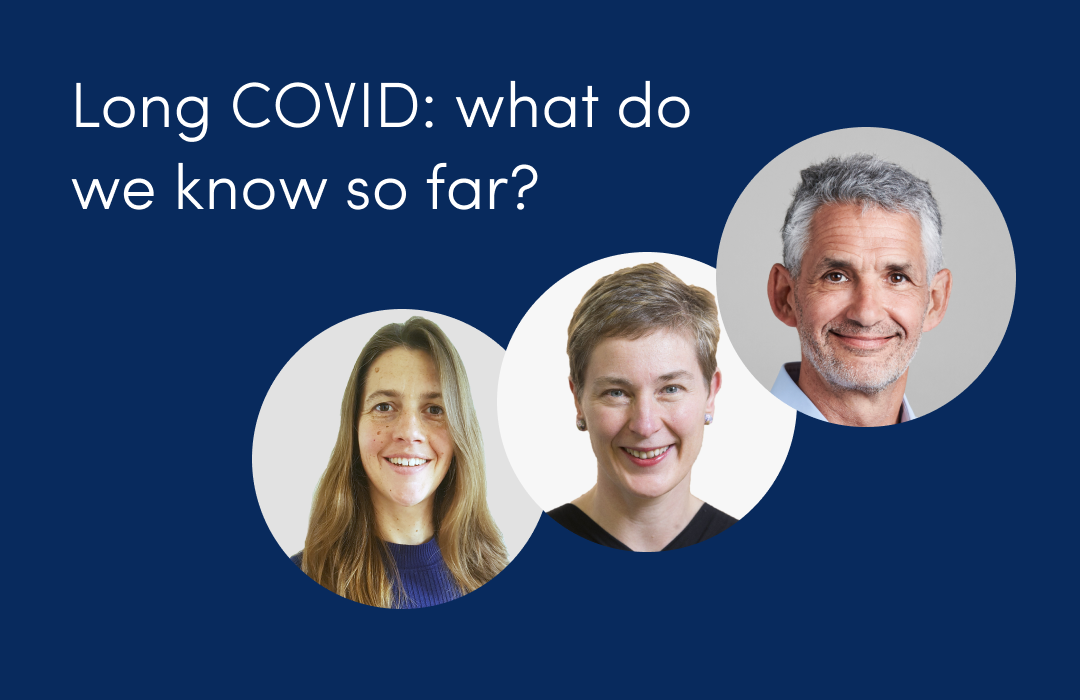
There’s more to COVID-19 than the three ‘classic’ symptoms. Here’s what else to look out for
December 7, 2020

This article has not been updated recently
Stopping the spread of COVID-19 relies on identifying infected people and their contacts, then isolating so they can’t pass the virus on.
But since the beginning of the pandemic, we’ve struggled to identify every case because of how differently COVID-19 affects people.
Early on in the pandemic, the NHS promoted awareness of three main symptoms of COVID-19, sometimes referred to as the ‘classic triad’:
- Persistent cough
- High temperature (fever)
- Loss of smell (anosmia)
Even now, you can only get an NHS COVID test if you or someone you live with has at least one of these three symptoms, unless you’re taking part of a government research project or have been asked to by your local council. (You can still get a test through the COVID Symptom Study app if you have any symptoms, not just these three.)
According to data from millions of users of the ZOE COVID Symptom Study app, there are at least six distinct clusters of symptoms. And some people become mildly, severely or fatally ill while others appear to have no symptoms at all - a phenomenon known as ‘asymptomatic COVID’.
Here’s what we know so far.
The COVID Symptom Study shows a relatively low number of truly asymptomatic cases
Estimates of the number of people who have COVID-19 but do not experience symptoms (asymptomatic) vary wildly from 5-96%.
But many studies reporting a high number of asymptomatic cases focus on the three key symptoms and/or only report the symptoms experienced on the day of the COVID-19 test instead of the entire infection period.
To find out more about the rate of asymptomatic COVID-19 we asked a group of people who reported their symptoms in the first wave of the pandemic to take an antibody test.
We found one in four (25%) had antibodies, indicating they had been infected, but hadn’t recorded any of the three ‘classic’ symptoms of COVID-19.
When we looked more closely at the number of people with antibodies who didn’t record any symptoms at all - including symptoms such as fatigue, headache or diarrhoea - that number dropped to around one in five, suggesting a 20% rate of asymptomatic cases.
Our estimate of truly asymptomatic cases is lower than many other studies because we looked at a wide range of symptoms over the entire course of infection.
However, this may still be an overestimate because at the beginning of the pandemic we didn’t ask questions about skin rashes in the app, which we now know are present in around 8% of positive cases. So the true asymptomatic rate may well be lower than 20%.
The results of this study were published recently in the Journal of Infection.
Looking at a broader range of symptoms could help us identify more cases
Data from millions of users of the COVID Symptom Study app shows there is much more to this disease than a cough, fever, or loss of sense of smell.
By focusing on those three symptoms alone, we may be missing cases or falsely labelling them as asymptomatic, and allowing the virus to continue spreading.
Here’s a quick summary of what we have learned about non-classic COVID-19 symptoms from your data so far:
- Headache and fatigue are among the most common early symptoms of COVID
- Sore throat, loss of appetite, and shortness of breath are also commonly reported
- Delirium is a common symptom in older people
- Rashes are seen in around 8% of infections
In some people, less typical symptoms like rashes or delirium are the only symptoms they experience.
Based on our analysis, we believe that people who have any suspicious symptoms should self-isolate and get tested, even if they don’t have the ‘classic triad’.
Understanding the true extent of COVID-19 infection is essential for containing the pandemic
- We don’t know how many people have had COVID, so it’s difficult to say how many experienced symptoms
- The rate of asymptomatic infections may be lower than we think, especially if we look at a wide range of reported symptoms over the entire infection period
- Looking for a wider range of symptoms could help us find more COVID-19 cases
- Symptom tracking and testing are vital for identifying cases of COVID-19 and stopping the spread of the disease.
To learn more about COVID-19 and the best ways to contain the disease, we need your help. If you haven’t already, download the app now, log your symptoms daily (even if you are well), and be part of the largest study of COVID-19 symptoms in the world.
Find out more:
- Occurrence and transmission potential of asymptomatic and presymptomatic SARS-CoV-2 infections: A living systematic review and meta-analysis -PLoS Medicine
- Estimates of the rate of infection and asymptomatic COVID-19 disease in a population sample from SE England - Journal of Infection
- At least one in five infected with COVID-19 don't show any symptoms - COVID Symptom Study












.png)


.jpg)














.png)







%202.png)
.png)


















.png)






